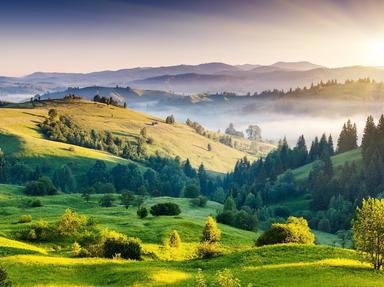Quiz Answer Key and Fun Facts
1. Located in Mali, this may be the original far-off exotic city.
2. Which is an island famous for its large stone head statues?
3. First settled about 2,500 years ago, this island is considered a tropical paradise.
4. What is the name of the temple complex in Cambodia that is worth a trip by itself?
5. Where would you go for the biggest pre-Lenten carnival in the world?
6. Is a mysterious Asian locale your desire for an adventure? Then, which of these might you choose?
7. Maybe not all remarkable locations are in the Southern Hemisphere. Can you identify this city on the Vltava River?
8. Maybe your idea of an exotic location is up in the mountains, rather than at sea level. Which of these might fulfill your desires?
9. Where will you find Kathmandu located?
10. How about visiting an old city on the Adriatic Sea. Which of these could fit the bill?
Source: Author
CmdrK
This quiz was reviewed by FunTrivia editor
agony before going online.
Any errors found in FunTrivia content are routinely corrected through our feedback system.
